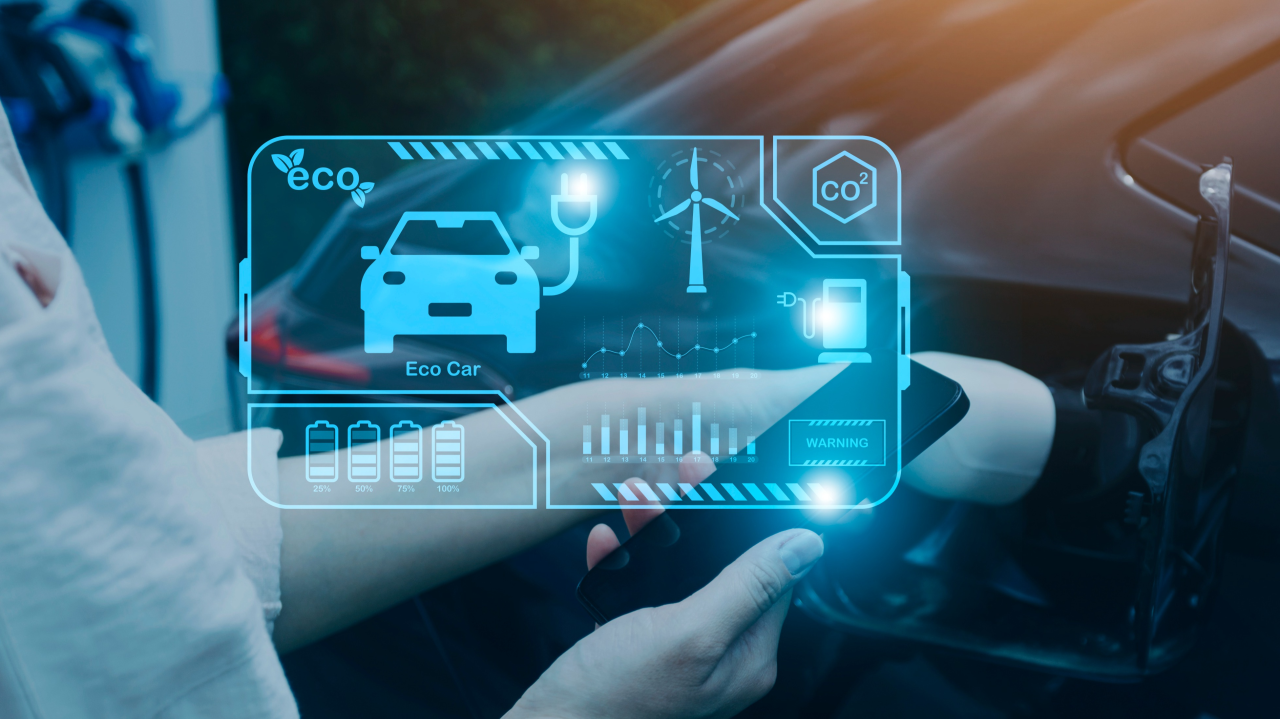In today’s fast-paced world, the advancement of artificial intelligence is transforming various sectors, with the auto industry being no exception. One remarkable innovation is the emergence of AI vehicle accident detection systems. These systems promise to significantly enhance road safety by identifying accidents in real-time and alerting emergency services promptly. As more vehicles are equipped with smart technologies, the role of AI vehicle accident detection becomes crucial in mitigating the aftermath of road incidents.
Understanding the implications of such technology is essential for everyone. From daily commuters to creative professionals contemplating the broader impact on urban development and personal safety, the benefits of these systems are vast. With an eye on both current capabilities and future possibilities, we delve into how AI vehicle accident detection is shaping the future of transportation safety.

How AI Vehicle Accident Detection Works
At the heart of any AI vehicle accident detection system lies a sophisticated network of sensors and algorithms. These systems typically combine data from various sources such as cameras, LIDAR, and radar to monitor the vehicles surroundings continuously. By analyzing this data, the system can detect anomalies indicative of an accident.
For instance, sudden decelerations, impacts, or unusual vehicle trajectories trigger the system to assess the likelihood of an accident. Once an incident is confirmed, the system quickly communicates with emergency services, reducing response times and potentially saving lives.
The Role of Sensors in Detection
Sensors play a critical role in the efficacy of AI vehicle accident detection. High-definition cameras capture the visual data, while LIDAR and radar systems provide precise distance and speed measurements. This combination of visual and distance measuring technologies enables a comprehensive situational analysis, enhancing the system’s ability to accurately interpret and react to potential danger.
Benefits of AI Vehicle Accident Detection Systems
The integration of AI vehicle accident detection systems into vehicles offers numerous advantages:
1. Enhanced Road Safety
By providing real-time accident detection, these systems facilitate prompt emergency responses, reducing the severity of injuries and potentially saving lives. This proactive approach is pivotal in transforming how road safety is managed.
2. Improved Insurance Processes
Insurance claims can often be cumbersome and challenging. However, with precise accident reconstruction data available through these systems, determining fault becomes more straightforward, expediting the insurance claim process and minimizing disputes.
3. Cost Reduction
While the initial cost of implementing AI vehicle accident detection may seem high, the long-term savings are significant. Quicker emergency responses and accurate insurance claims lead to reduced costs associated with accidents, ultimately benefiting vehicle owners and insurers.
Challenges in Implementing AI Vehicle Accident Detection
Despite the clear benefits, there are challenges that must be addressed for widespread adoption:
1. Data Privacy Concerns
With vehicles collecting vast amounts of data, concerns about privacy are paramount. Ensuring that data collected is used ethically, and securely is crucial for gaining public trust.
2. Technological Limitations
Though advanced, current technologies may struggle in adverse environmental conditions such as heavy rain or fog, which can hinder sensor accuracy.
3. Integration with Existing Infrastructure
Integrating these systems with existing vehicle infrastructure requires collaboration between manufacturers, insurers, and policymakers to develop uniform standards and protocols.
Future Prospects of AI Vehicle Accident Detection
The future of AI vehicle accident detection looks promising with continuous advancements in artificial intelligence and sensor technology. As these systems become more sophisticated, we can expect even greater accuracy and reliability. Additionally, the integration of AI technology into broader traffic management systems will further enhance road safety.
Autonomous Vehicles and AI Detection
As autonomous vehicles become increasingly prevalent, the role of AI vehicle accident detection systems will expand. These systems will not only protect occupants but also be crucial in ensuring that autonomous vehicles operate safely amidst human-driven traffic.
Learn more about AI’s influence on industry through our comprehensive guide.
Real-time Traffic Management Integration
Future implementations will likely see these systems linked with city-wide traffic management solutions. This integration promises to optimize traffic flow, reduce congestion, and improve overall urban safety.
For an in-depth look at AI in auto repair, explore our latest research.
Conclusion
AI vehicle accident detection is not only a testament to technological innovation but also a crucial step toward a safer, smarter future. By reducing response times, lowering costs, and simplifying insurance processes, these systems present a compelling case for adoption. As we move into a future increasingly characterized by smart and autonomous vehicles, the impact of AI on vehicle safety cannot be understated.
To explore more about AI’s transformative effects across industries, check out this article.

FAQ
What is AI Vehicle Accident Detection?
AI vehicle accident detection involves using sensors and algorithms to detect accidents in real-time and alert emergency services promptly.
How does AI improve road safety?
By providing rapid detection and response capabilities, AI systems significantly reduce emergency response times, minimizing injury severity and saving lives.
Are there privacy concerns with AI detection systems?
Yes, as these systems collect extensive data, ensuring ethical and secure usage of that data is crucial to protect user privacy.





